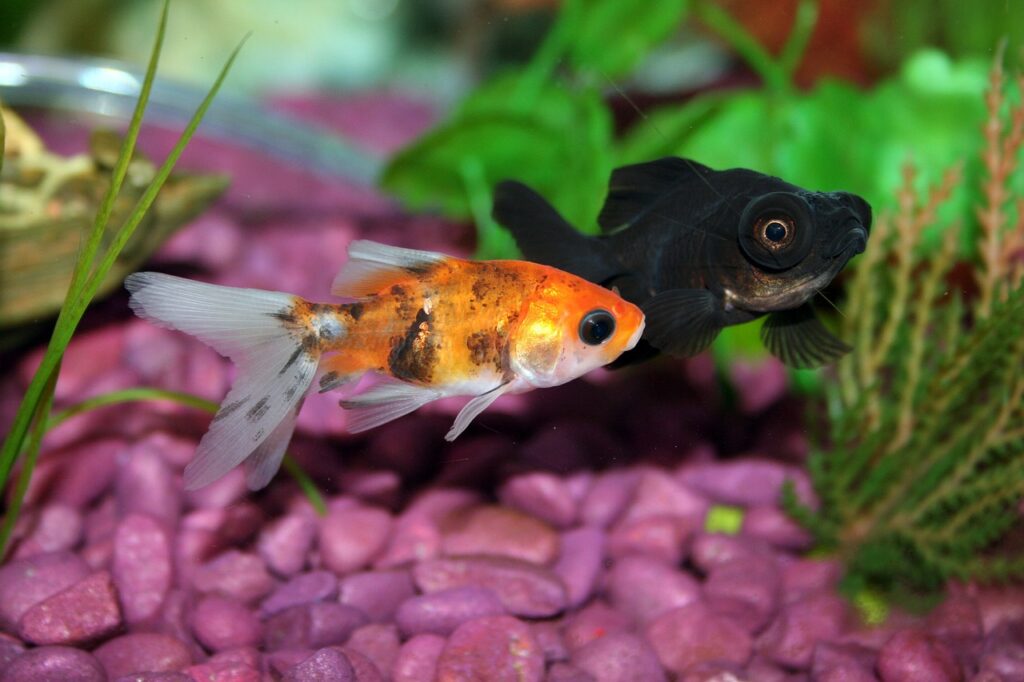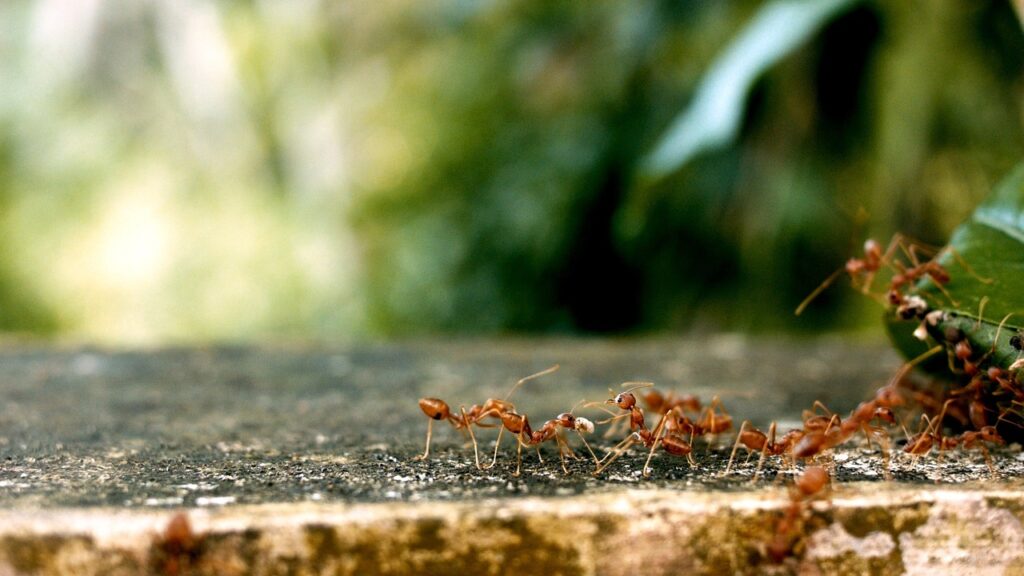Are you a parent looking to introduce the joys and responsibilities of pet ownership to your child? As we all know, the decision extends beyond cuddles and playtime; welcoming a pet into your home also means considering the environmental impact of your new family member. In this guide, we’ll explore the most sustainable pets, combining the joy of companionship with a commitment to minimizing our ecological footprint.
Small-Scale Marvels – Discover the world of small, low-maintenance pets that offer big lessons in responsibility without a significant environmental impact.
Hamsters & Guinea Pigs
Pros
- Low maintenance and space requirements.
- Ideal for teaching responsibility to children.
- Short lifespan may prepare children for the concept of life cycles.
Cons
- Limited interaction compared to other pets.
- Requires proper care for health and well-being.

Fish
Pros
- Diverse options for tank size and fish species.
- Can be visually stimulating and calming.
- Teaches children about aquatic ecosystems.
Cons
- Requires regular tank maintenance.
- Overfishing and environmental concerns in the pet trade.

Feathered Friends – Explore the world of avian companionship and understand why birds make eco-friendly pets. From parakeets to canaries, these feathered friends bring joy and vibrancy to your home while requiring relatively fewer resources.
Parakeets
Pros
- Social and interactive, fostering a strong bond.
- Small space requirements.
- Teach children about bird behavior and care.
Cons
- Regular cleaning and maintenance of the cage.
- Noise and mess potential.

Canaries
Pros
- Beautiful singing can be soothing.
- Compact size suitable for smaller living spaces.
- Lifespan offers a stable, long-term companion.
Cons
- Potential for noise disruption.
- Regular cleaning and care.

Eco-Conscious Critters – Dive into the realm of reptiles and insects as these low-impact pets can provide unique learning experiences for your child.
Turtles
Pros
- Long lifespan provides continuity for a child.
- Teach responsibility through habitat maintenance.
- Various species cater to different living arrangements.
Cons
- Specialized diet and care needs.
- Some species may outgrow home enclosures.

Ants (Antfarm)
Pros
- Educational and fascinating for children.
- Low environmental impact.
- Requires minimal space.
Cons
- Limited interaction compared to other pets.
- Colonies may not thrive in certain conditions.

Sustainable Dog Breeds – For families ready to commit to larger pets, consider exploring sustainable dog breeds for when your child really wants a pet they can cuddle and just hang out with. Some breeds are significantly more sustainable than others and ensure that when purchasing you consider where you are buying from and responsible breeding practices.
Basenji
Pros
- Clean and odor-free due to self-grooming.
- Suitable for apartment living.
- Minimal shedding contributes to a cleaner environment.
Cons
- Independent nature may require patience.
- Exercise needs may vary based on individual temperament.

Whippet
Pros
- Affectionate and good with children.
- Low maintenance grooming.
- Energy-efficient due to lower activity levels.
Cons
- Sensitive to cold temperatures.
- Needs socialization to prevent shyness.

Choosing a sustainable pet is an exciting journey that combines the joy of companionship with a commitment to the planet. By making informed choices, you not only provide your child with a loving friend but also instill valuable lessons about responsibility, compassion, and environmental stewardship. Good luck and we hope that your new pet companion becomes an integral member of your family!



